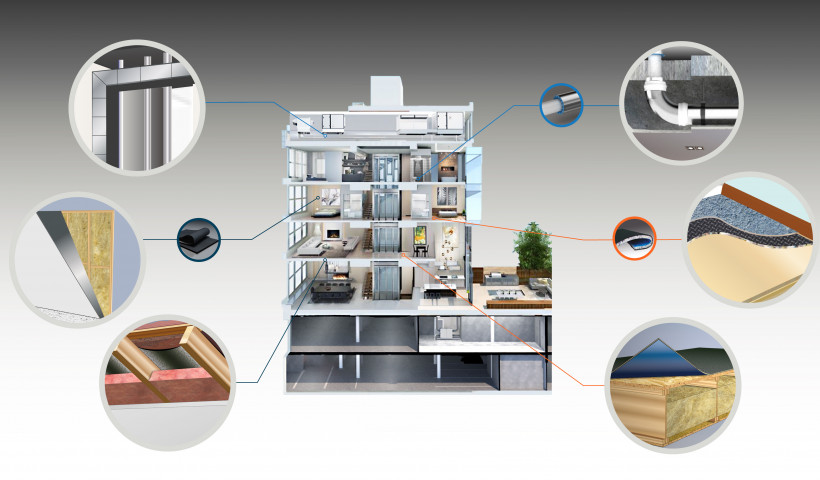
It can be used to increase transmission loss, therefore reducing noise transfer in walls and ceilings; to control the level of cross-talk between acoustically sensitive rooms; to reduce inter-office noise transmission, providing comfort, privacy and confidentiality; and for the control of external noise interference from aircraft, traffic and rain.
Stiff lightweight panel constructions, such as plasterboard, drywall, plywood and hollow core walls, typically have coincidence dip resonance, which allows noise to pass through a construction. The coincidence dip is dependent on the material’s stiffness and thickness and occurs at the point where the sound transmitted through the structure matches the natural frequency of the panel.
Wavebar prevents coincidence dip resonance. The thin, dense-mass Wavebar barrier reflects and absorbs noise energy, reducing the transmission of sound through walls, ceilings and floors, and decreasing noise levels at the critical frequencies generated by mechanical equipment, engine noise and electronic audio technologies such as radio and television.
To achieve the product's high performance, the Pyrotek engineering team developed Wavebar to be dense, thin, highly flexible, tear-resistant and strong. These properties give the product high transmission loss throughout the various weight ranges, while providing flexibility in installation options. The Wavebar series of products is available in five formats: Original (plain product), Quadzero (foil-faced), dBX (non-PVC), Outdoor (weather-faced) and Nonlite (for extra fire protection).
Wavebar products are environmentally safe, contain no ozone-depleting substances and comply with European and Australian standards for Volatile Organic Compound emissions.
The Wavebar series is produced in a quality-assured manufacturing facility supported by comprehensive product and system testing. Full acoustics and fire-test reports are available on application.









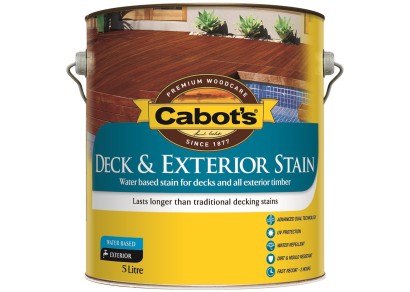


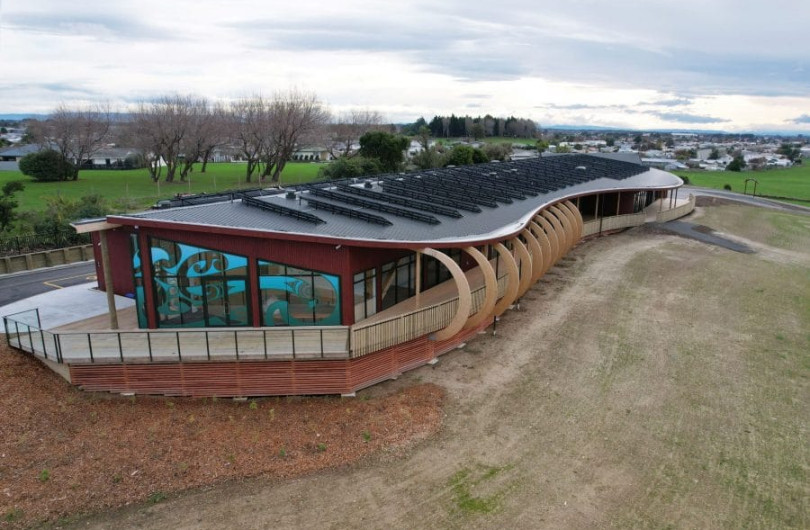
 Case Studies
Case Studies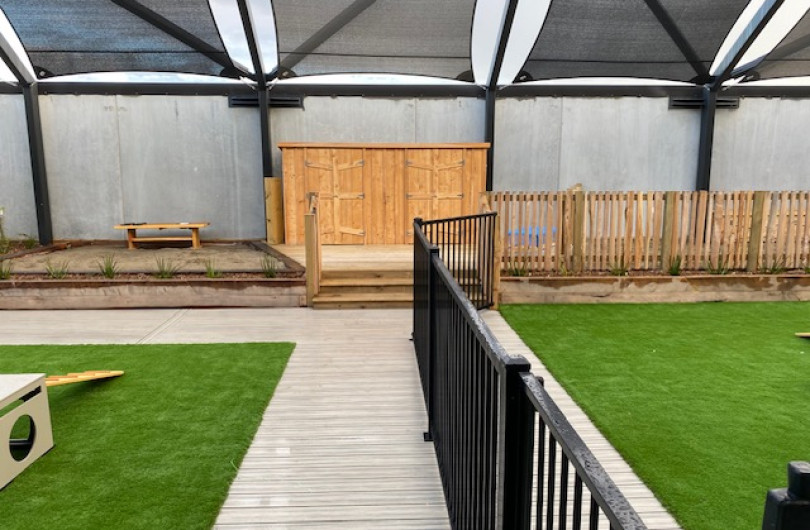
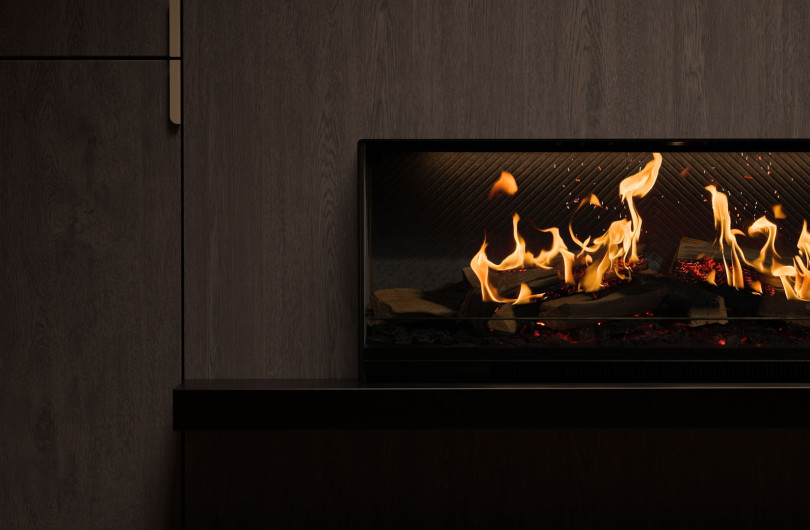

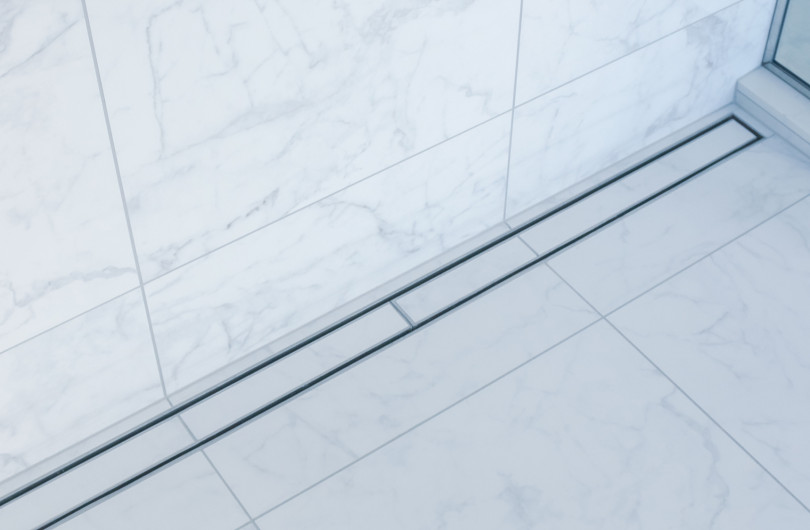



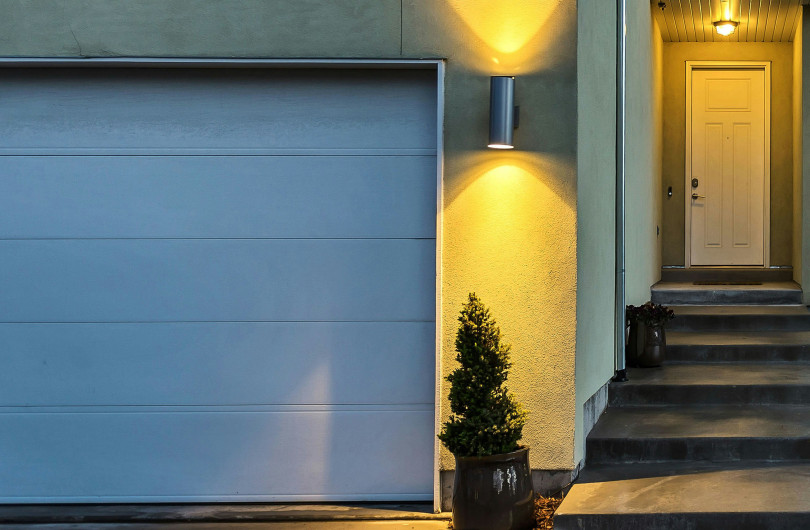







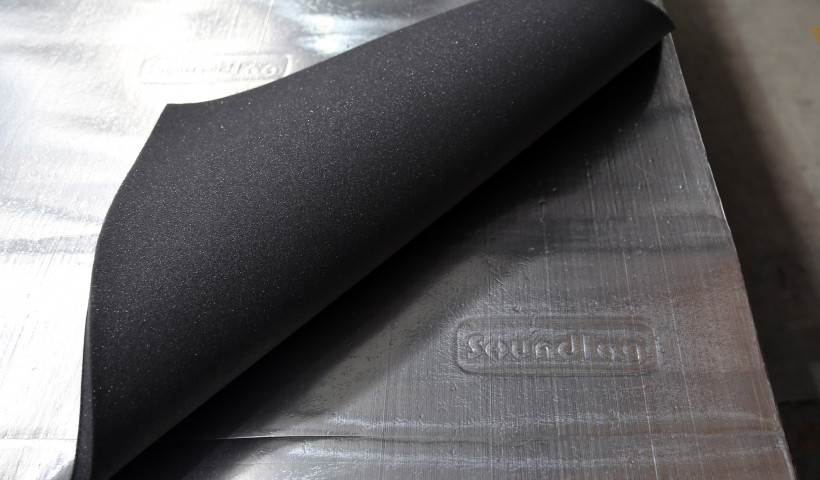
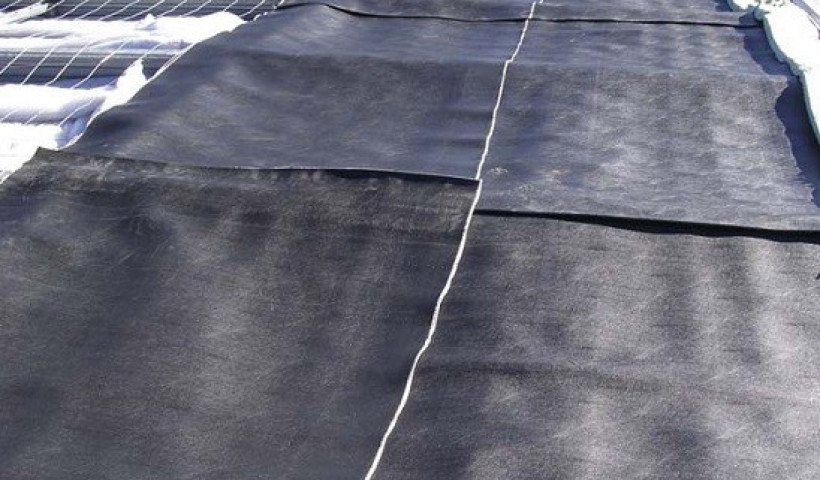
 Popular Products from Pyrotek
Popular Products from Pyrotek


 Most Popular
Most Popular


 Popular Blog Posts
Popular Blog Posts
